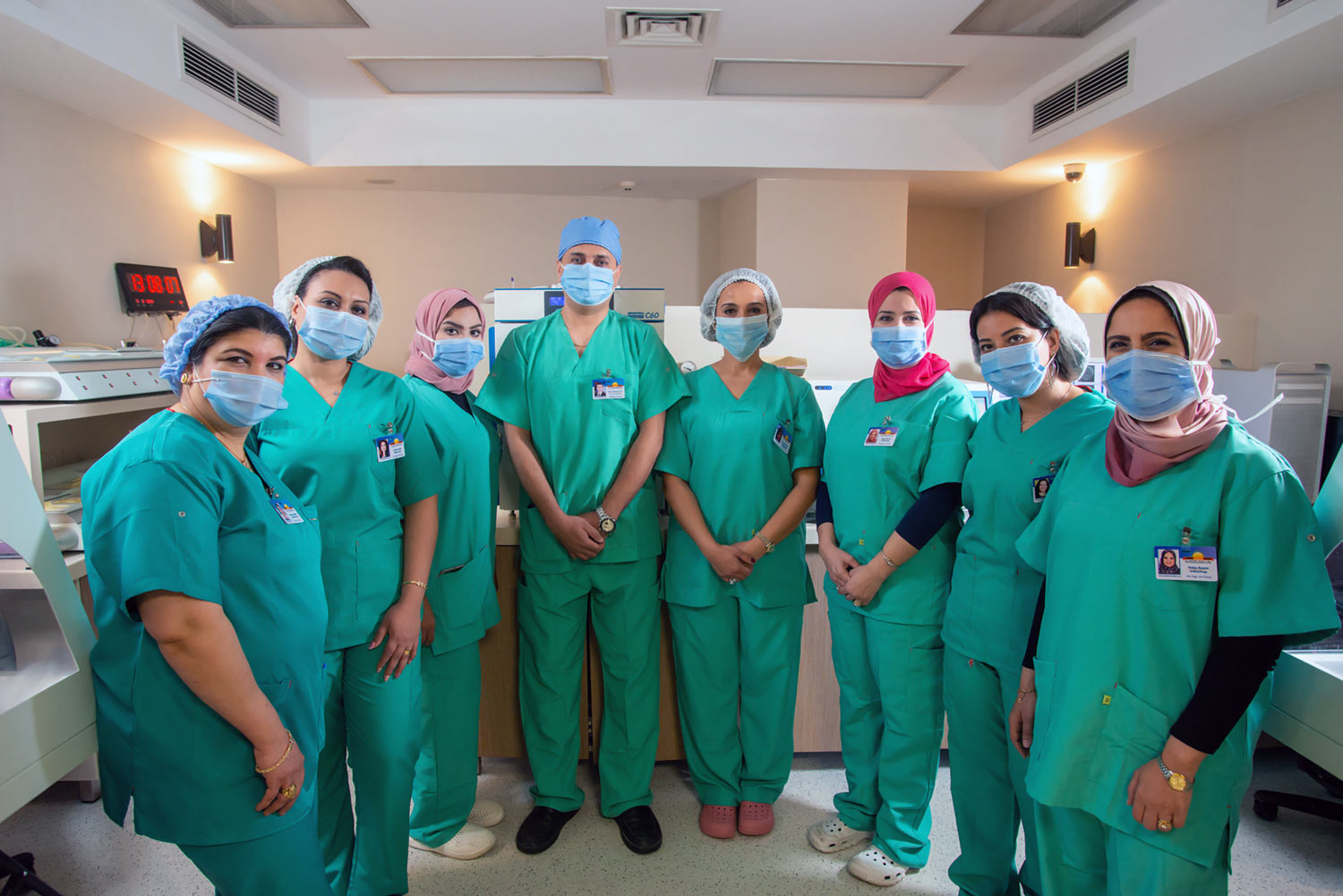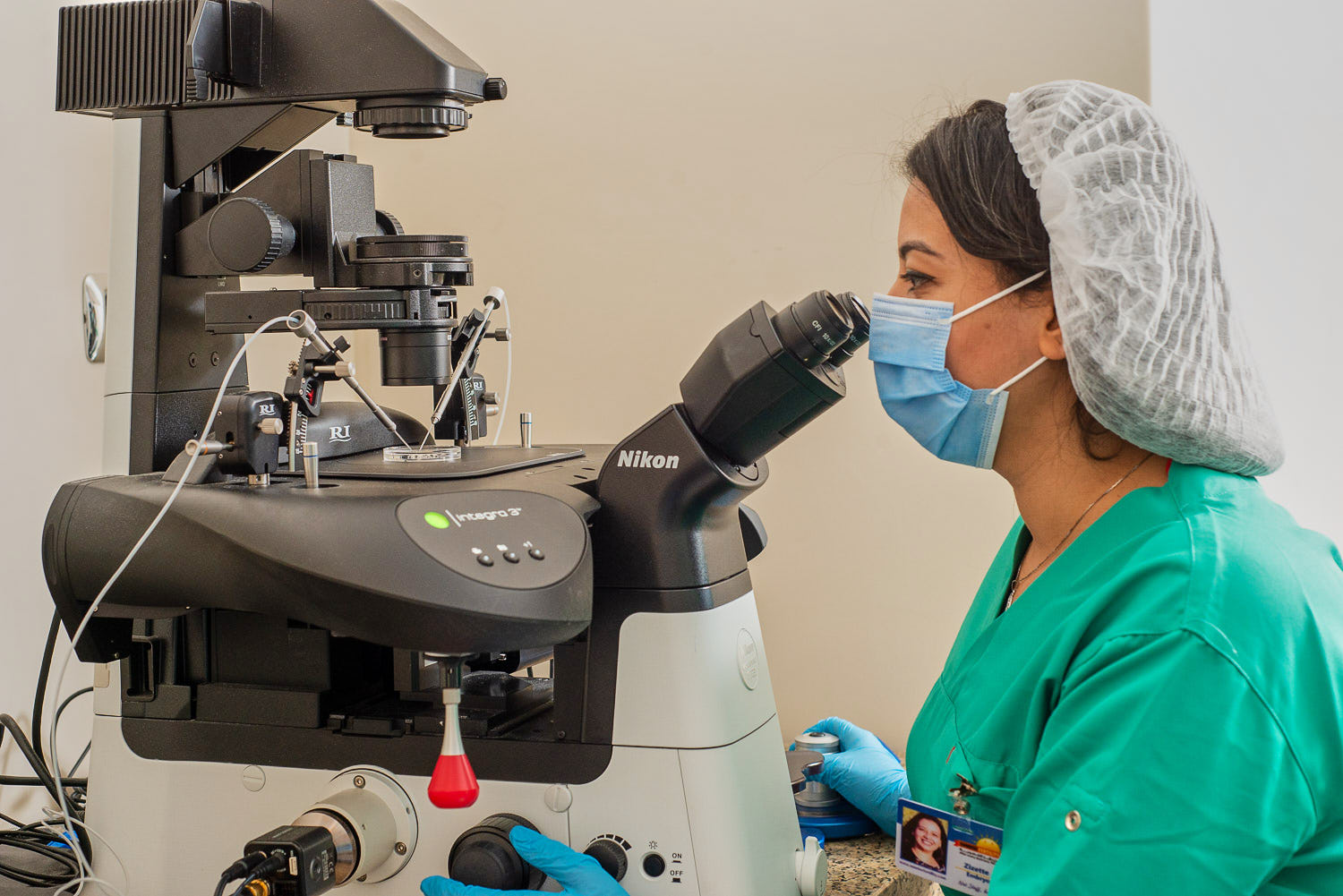IVF (In-vitro Fertilization)
IVF (In-vitro Fertilization)
Protocols:
- Long day 21 protocol
- Short protocol
- Antagonist protocol
- The choice of protocol is variable from one patient to the other, depending on the female’s hormonal profile and clinical data.
- In the long day 21 protocol the wife starts suppression on day 21 of the cycle (ie. before the menstruation begins) by analogue injections, whereas in the short protocol she must start suppression from day one of the period. No suppression is done in the antagonist protocol.
- Trans-vaginal ultrasound scanning is done either on day 4-5 of the period (long protocol) or day 2-3 (short or antagonist protocol) for baseline scanning and to assess the suppression in the long protocols.
- Stimulation for ovulation is then started by HMG/rFSH daily and regular ultrasound scanning is done for assessment of follicular enlargements as a response to the stimulants.
- When the follicles are mature, the female is then triggered for ovulation by HCG (one shot only).
- 34 to 38 hours later an egg collection procedure is performed. On the same day, the male is given a sterile container to produce the semen sample (after abstaining from ejaculation for 4-5 days). The female is then led to the operating theater where the egg collection is performed vaginally guided by ultrasound and under sedation or light anesthesia. The procedure takes from 15-30 minutes maximum and the patient can leave the center one hour after full recovery.
- On the same day, the embryologists will work on the ovae that have been procured along with the sperm of the husband. Strict and regular checks are made in the presence of witnesses and documented for every step in the laboratory to ensure accuracy of their work. The eggs and the sperm are put into dishes which are then put into tri-gas incubators (with N2, CO2 and O2) that are equivalent to that of the female’s uterus. The embryologists then check upon the formed embryos until they decide that it is time for the embryo transfer. The best timing (according to our statistics) was found to be days 5-6 (Blastocyst stage).
- Embryo transfer is then undergone. Anesthesia is not needed for this procedure. The patient is then given prescriptions mainly in the form of progesterones to help in the process of implantation.
After every darkness,
there is a sunrise

